3D printing in art: an evolution of the concept
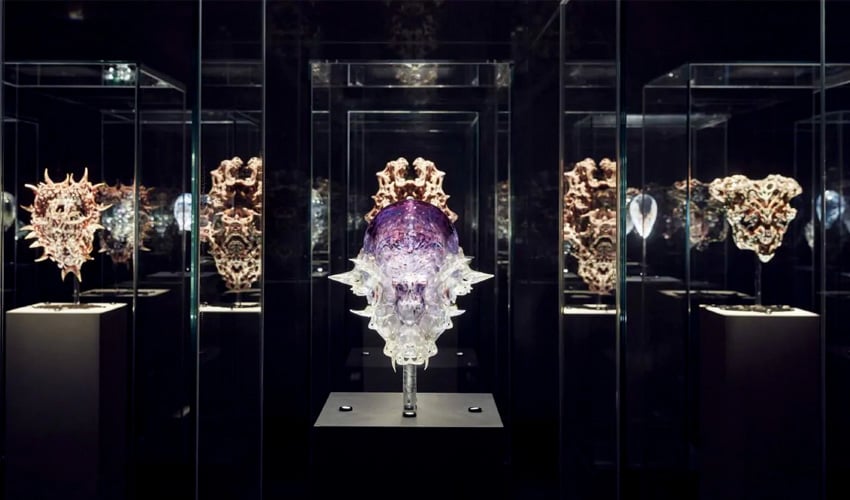
The arrival of 3D printing technologies in the 1980s opened a world of possibilities not only on the industrial level, but also for creative developments. From the cheapening of certain technologies and the opening of several patents, artists have daily been able to approach more to additive manufacturing technologies. But a great dilemma has arisen. To what extent can 3D printing be considered a tool to create art? Does it open a new perception of what we consider to be a work of art? What possibilities of creation have arrived?
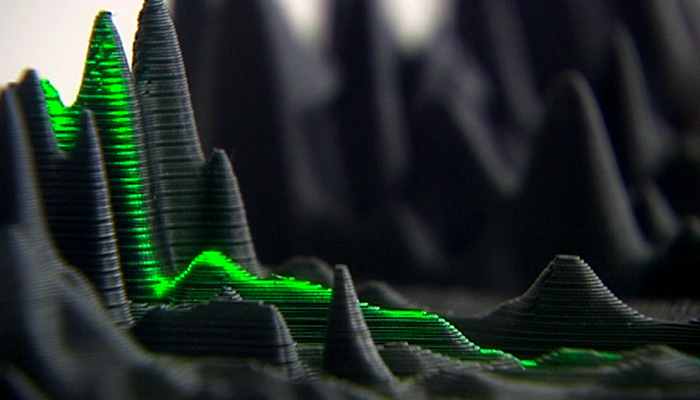
Voice sculpture created by Gilles Azzaro
In 1826 with the arrival of the first photograph of Niépce, a new technique was discovered, a new technology to capture an image. This technology lasted almost a century without being considered art. Currently, the use of additive manufacturing technologies is going through a similar crisis in the artistic field. Obviously it is a much more complex technique that has been introduced in multiple sectors, but it does not stop being a tool of great value for artists.
One of the great benefits that has come from the 3D technologies is the opening to new fields of inspiration. This has given rise to already previously known techno-artists or bio-artists, whom have now managed to truly emerge from the hand of 3D technologies. But doubts still arise when talking about these new trends and their consideration as art and the development of new artistic conceptions.
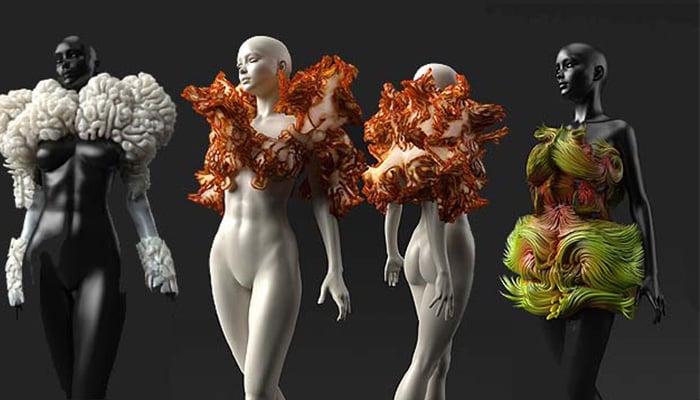
3D printing in art: first developments
After the first decade of the 2000, the first artistic exhibitions showed 3D printed pieces. Initially shown, not as pieces of art, but as the possibilities of innovation of a new technology. It was not until 2015, that they were showing 3D printed pieces as true works of art. In the last two years exhibitions have emerged with a new vision of 3D printing. One such exhibition is “Print the World”, at the Center Pompidou in France, which focuses on the possibility of “Mutation / Creation”, showing the world a new vision of 3D technologies with art. Another example is the 3D printed art installation at the iLight Marina Bay Festival in Singapore.
An artist, who stood out from the beginning for giving a different vision to the use of 3D technologies in art, is Gilles Azzaro, a French artist called “Voice Sculptor”. Specialised in 3D printing of sounds, phrases or speeches. It stood out in 2013 for 3D printing a sculpture with the sound of Barack Obama’s speech on 3D printing, later reproduced digitally.
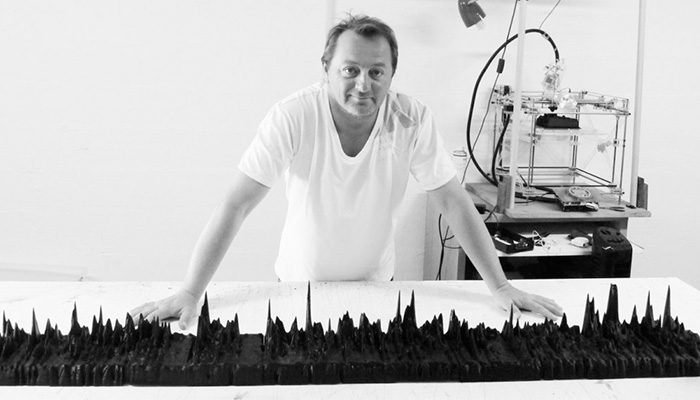
Gilles Azzaro and one of his voice sculptures
The piece of Obama’s speech printed in 3D that measures 1.51 meters and required more than 350 hours of printing was the beginning of Azzaro in this field. “These first steps gave me luck since on June 18, 2014 I had the honor of presenting this work to President Obama in the White House and has given me many opportunities around the world, “Gilles Azzaro told the 3Dnatives team.
In the same years, Neri Oxman, a researcher, architect and visual artist of the MIT Media Lab, was introduced to study the juxtaposition of material properties to generate new forms inspired by nature with the help of additive manufacturing. It was already considered in 2009 for ICON magazine “Top among the most influential designers and architects that shape the future“. And in 2016 Cultural Leader in the World Economic Forum.
She describes part of her work as “A divided personality, operating today between the chisel and the gene, between the machine and the organism, between assembly and growth, between Henry Ford and Charles Darwin,” she commented in her TED Talk of 2015, dedicated to the mix between technology and biology.
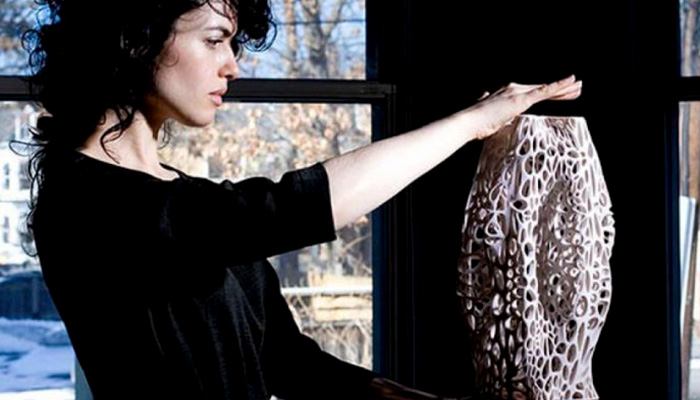
Neri Oxman
From these developments new artists have emerged, from the biological vision of Neri Oxman, to the latest vision of the bio-artist Amy Karle that uses additive manufacturing techniques to examine what it means to be human and explore how to use our fusion with technology. “My project explains what it means to be human and explores how to use our union with technology for our benefit,” Amy Karle told us.
Thanks to the use of new technologies we can get to better understand the human being or it is only the arrival of technological advantages that allow us this. The evolution of this relation is giving us ways to understand art more closely.
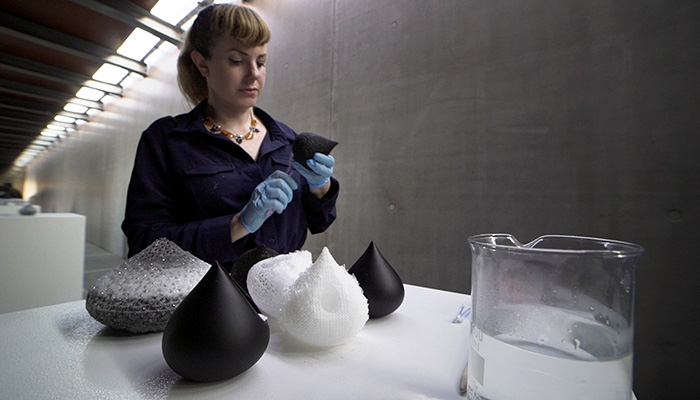
Amy Karle and one of her creations
Is it the technological advantages that are giving a new conception for art?
This new opening to 3D technologies benefits artists in many aspects. From allowing them to simplify tasks such as the Spanish artist Víctor Marín who sculpts with the help of 3D technologies, to artists who have managed to explore with materials such as Neri Oxman or Emerging Objects, who have developed small stools when reusing tires.
In the case of Gilles Azzaro without the arrival of 3D technologies, he couldn’t have become a “Voice Sculptor”. This artist, who has 5 3D printers of FDM technology, has achieved that thanks to the use of additive manufacturing technologies his work is like “imaginary topographical landscapes”.
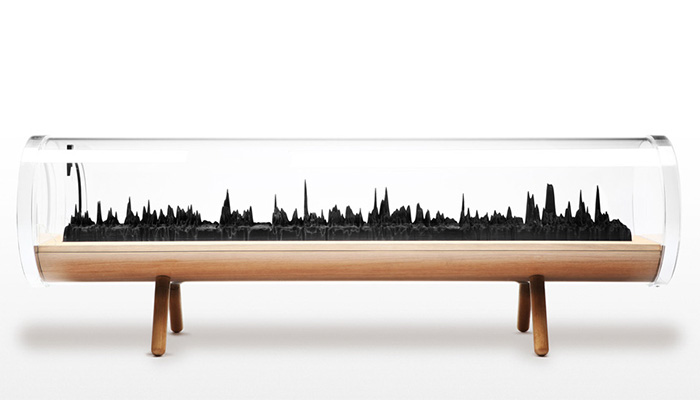
Sculpture of Voice – Gilles Azzaro
“Thanks to this technology I was able to obtain the exact image of these vocal impressions, with enough thick layers that accentuate the natural beauty of these voices in 3D. Art and mathematics work together perfectly. ”
There is also a group of artists who have managed to take a new way of exploring art from these technological advantages, such as Amy Karle. After developing a hand printed in 3D (link) with the help of stem cells, this bio-artist gives a twist to the fusion of both fields.
Karle uses what she considers “exponential technologies,” where she includes additive manufacturing technologies “because it has the potential to create more organically, more like the intelligence of how nature is formed and grows.” For this artist the use of new technologies allows her to get much closer to the forms of nature.
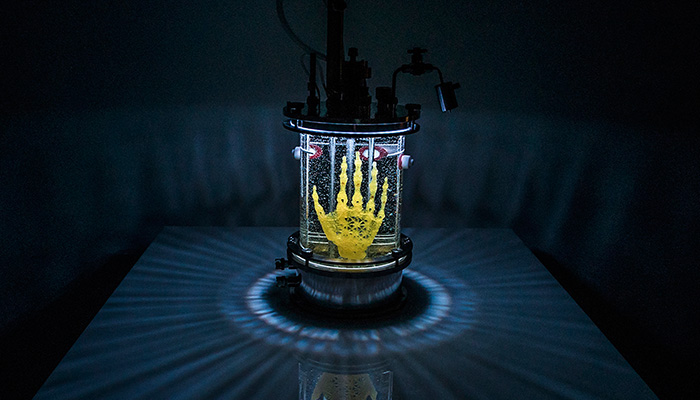
Work by Amy Karle
For Karle the main benefits of the technologies has been that the use of 3D printing “has opened new doors to visualize and create the unimaginable, advancing in technology and the result in the process“, said the artist.
Neri Oxman is another artist who shares the same line of creation, easily appreciable in the development of the masks she made for the singer Björk. In which we appreciate an organic design, which has explored the treatment of materials by the hand of the giant in 3D Stratasys.
“Inspired by its biological counterpart and conceived as muscular ‘textiles,’ the mask is a structure of multiple bound materials, providing formal and structural integrity,” Neri Oxman said of the work.
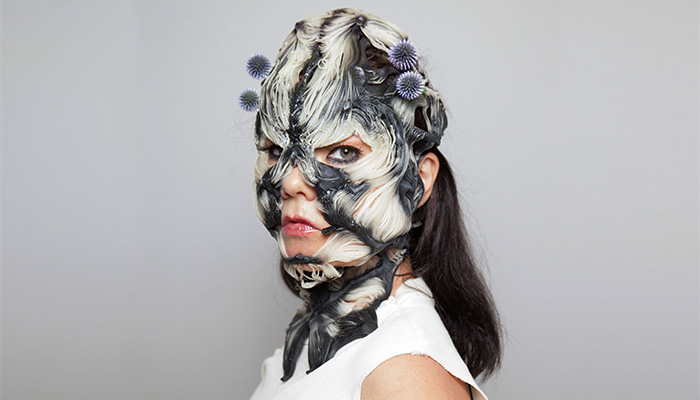
Mask designed by Neri Oxman for the singer Björk
These are just some examples of the many we read every week when talking about art and the new conception that additive manufacturing technologies have brought. Not only do they provide a technical advantage for the majority by accelerating developments or facilitating certain processes. It is being consecrated as a technique that will give way to explore new artistic facets.
The future of 3D printing in art
Currently the relationship between 3D printing and art is already a fact. From students to artists of great experience they have begun to give creative use to 3D technologies. In addition to the rescue of many works of the past, which is a remarkable field for some years, 3D techniques have opened a door to explore art.
Thanks to additive manufacturing technologies related to multiple sectors such as the medical industry, development of materials, 3D printing in construction and so on. It have allowed artists to explore in fields where it was previously unthinkable, beginning to introduce themselves to bioprinting as Amy Karle does, or to the development of new materials and their relationship with nature such as Neri Oxman. This is a new generation of artists, bio-artists, techno-artists, material explorers, who ironically seek to get a little closer to nature through new technologies and this is just the beginning.
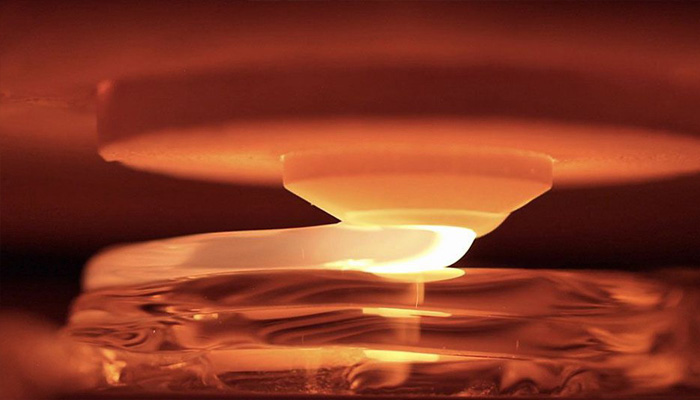
Developments made by the MIT Media Lab, led by Neri Oxman
What do you think about the relationship between 3D printing in art and new ways of creation? Let us know in a comment below or on our Facebook and Twitter pages! And remember to sign up for our free weekly Newsletter, to get all the latest news in 3D printing send straight to your inbox!






